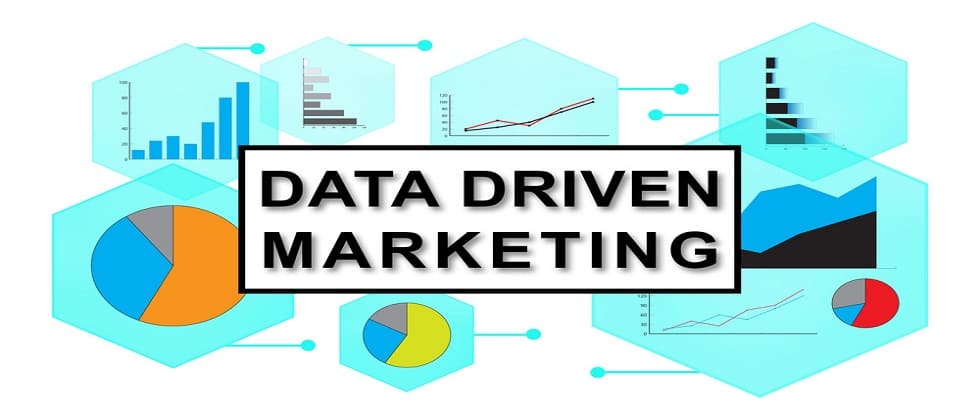In today’s rapidly evolving digital landscape, businesses are increasingly turning to analytics-driven marketing to gain a competitive edge. Analytics has become a powerful tool for marketers, enabling them to better understand customer behavior, personalize interactions, and enhance overall customer engagement. We will explore the key components of analytics-driven marketing, with a focus on personalization, targeting, and customer engagement.
I. Personalization:
Personalization is at the forefront of modern marketing strategies. Analytics allows businesses to collect and analyze vast amounts of data to create a detailed picture of each customer’s preferences, behaviors, and needs. By harnessing this data, marketers can tailor their messages, offers, and experiences to resonate with individual customers on a personal level.
- Data-driven Insights: Analytics platforms provide valuable insights into customer demographics, online behavior, and purchase history. Marketers can leverage this information to create personalized marketing campaigns that speak directly to the unique interests and preferences of each customer.
- Dynamic Content: Personalization goes beyond just addressing customers by their names. Dynamic content, driven by analytics, enables marketers to display different content to different segments of their audience based on their preferences. This ensures that each customer receives relevant and engaging content.
- Recommendation Engines: Advanced analytics powers recommendation engines that suggest products or services based on a customer’s past behavior and preferences. This not only enhances the customer experience but also increases the likelihood of cross-selling and upselling.
II. Targeting:
Effective targeting is a cornerstone of successful marketing campaigns. Analytics-driven targeting enables marketers to identify and focus on specific audience segments, ensuring that their efforts are directed towards those most likely to convert.
- Segmentation: Analytics allows marketers to segment their audience based on various criteria, such as demographics, behavior, or purchase history. By understanding these segments, marketers can tailor their messaging to address the unique needs and interests of each group.
- Predictive Analytics: Predictive analytics uses historical data to forecast future trends and behaviors. Marketers can leverage predictive models to identify potential high-value customers, enabling them to allocate resources more efficiently and prioritize their efforts on the most promising opportunities.
- Real-time Targeting: Analytics enables real-time monitoring of customer behavior. Marketers can use this real-time data to adjust their campaigns on the fly, ensuring that they are always reaching the right audience with the right message at the right time.
III. Customer Engagement:
Customer engagement is a critical factor in building long-lasting relationships and fostering brand loyalty. Analytics-driven marketing provides insights that empower businesses to optimize customer interactions and create meaningful engagement strategies.
- Behavioral Analytics: Analyzing customer behavior across various touchpoints helps businesses understand how customers interact with their brand. This knowledge enables marketers to refine their strategies and create more compelling and engaging experiences.
- Feedback Analysis: Social media, customer reviews, and other feedback channels generate valuable data. Analytics tools can aggregate and analyze this feedback, providing insights into customer sentiment and preferences. Marketers can use this information to adapt their strategies and address customer concerns proactively.
- Customer Journey Mapping: Analytics allows businesses to map the customer journey, identifying key touchpoints and potential pain points. By understanding the customer’s journey, marketers can optimize each stage to enhance the overall experience and increase customer satisfaction.
Conclusion:
Analytics-driven marketing has emerged as a cornerstone for businesses seeking to thrive in the competitive digital landscape. By leveraging the power of analytics, marketers can personalize their approach, target specific audience segments, and optimize customer engagement strategies. As technology continues to advance, the role of analytics in marketing will only grow, providing businesses with the tools they need to stay agile, relevant, and customer-centric.





